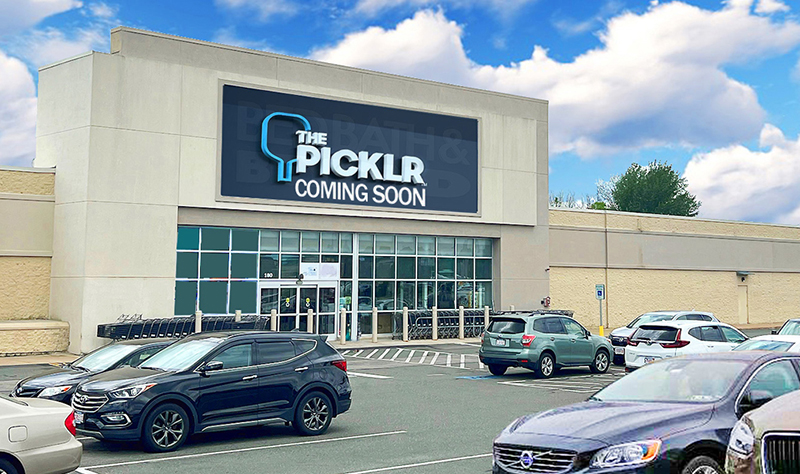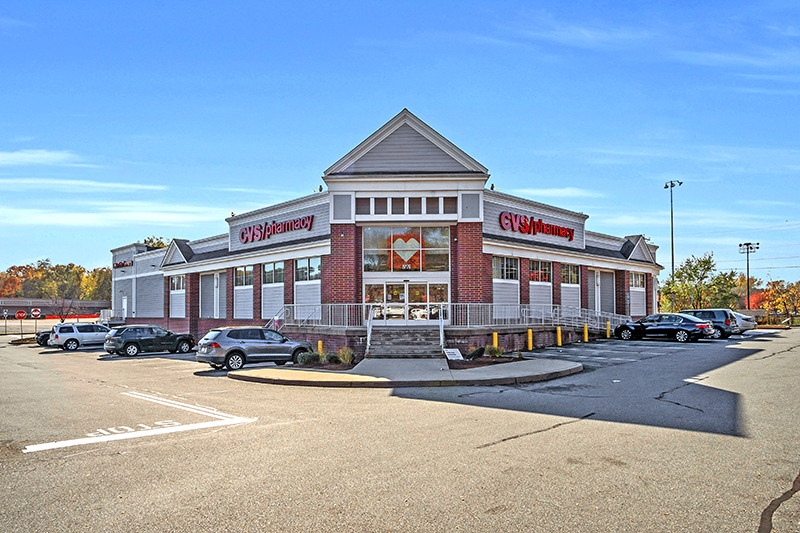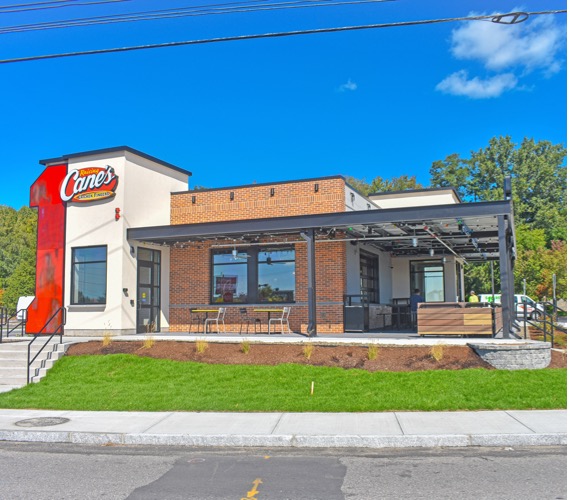CRE financing readily available - attractive market execution going forward will require more diligence - by Chris McDaniel
When contemplating first mortgage debt, having the right lender relationship is more important than ever, as navigating the re-financing waters is becoming more challenging, as scrutiny of CRE lending increases. Given greater lender sensitivity to dis-intermediation by online shopping, make certain that the financial history of the property and its positioning in the market is clear before approaching a lender.
The right forum for execution is very dependent on the needs of the owner and parameters of the lender (e.g. term; leverage; DSCR; and quality of location). Borrowers generally consider life insurance, bank, CMBS, or other alternative sources for financing. Life insurance companies are aggressive on rates (175-200 over treasuries) and length of term (7-10+ years). However, they usually require larger loans, a best-in-class location and tenant base and to meet more conservative underwriting metrics such as leverage of less than 65%, coverage of 1.50x and a 25-year amortization schedule. In fact, according to JLL, life companies originated $76.2 billion in loans in 2015, a record high.
Commercial banks have also been very active. According to a Dec. 18, 2015 WSJ article on CRE loans, banks held $1.77 trillion in real estate debt, also a record high. Bank execution can be highly variable, but expect higher rates than insurers, shorter term length, similar leverage and coverage, as well as possible personal recourse requirements. Moreover, take special care to understand the terms of a bank deal. For example, if a bank quotes a 10-year term, the rate may re-set after 5 years, enhancing interest rate risk.
Growth in bank and insurance lending is partly driven by volume reduction in the CMBS market, a result of market volatility and Dodd-Frank credit risk retention rules. CMBS loans are generally 10-year, priced at 300-350 over swaps, non-recourse and have LTVs of around 70%, with 30-year amortization. Moreover, these loans are sold and thereafter administered by a disinterested servicer who may also charge fees for requests. If a lease approval is required, it can take months to process, thus placing a borrower in the awkward position of having to choose between losing a tenant, or signing a lease without an approval and violating a loan covenant.
Weakness in the CMBS market, and capacity constraints in the bank and insurance market have given rise to alternative lenders such as A10 Capital, my employer. A10 holds and services all of the loans it makes on balance sheet and has an in-house legal department to save on high cost attorney bills. It also focuses on the middle market ($1-20 million loans), an area often neglected by insurers and makes loans that do not require personal guarantees, unlike many local banks. Moreover, for Borrowers concerned about rising interest rates, A10 commits to loans with 7 to 20-year fixed rate terms, with no rate re-sets and can lock rates prior to loan closing. Longer terms can provide substantial savings, when interest rates rise. For example, with a 15-year fixed rate loan, rather than a 10-year CMBS loan that is replaced at maturity with a 5-year loan (assume 300 basis points rate rise in year 10), a Borrower can expect to save over $1.15 million in payments on a $10 million loan. The 300 basis point rate increase over 5 years (1,500 basis points total), translates into approximately 100 additional basis points over 15 years.
Alternative lending sources continue to become increasingly important, as CRE lending draws additional regulatory scrutiny. The OCC released their Spring 2016 Risk Perspective and concludes that Banks have increased their velocity of real estate lending and that quality is suffering. Banks will likely respond with both lower volume and evidence they are taking less risk, including with more restrictive structures.
In response, Borrowers should be prepared to answer more risk related questions such as: 1) How vulnerable is your center to on-line shopping; 2) Do your leases have co-tenancy provisions that will enhance lender risk; 3) What is your business plan to keep the center healthy and are tenant sales strong and verified?
In light of increased regulatory scrutiny, take additional steps to educate yourself about alternative lender offerings. They will become increasingly desirable options for Borrowers that don’t want CMBS, have assets that don’t fit an insurer’s bucket, or require longer terms and structural flexibility than a bank may allow.
Chris McDaniel is executive vice president of A10 Capital, Stamford, Conn.
Mace of KeyPoint Partners negotiates 36,192 s/f lease for The Picklr at Endicott Square
Danvers, MA KeyPoint Partners (KPP) negotiated a lease with the nation’s premier indoor pickleball venue The Picklr at Endicott Sq. Vice president of retail brokerage Don Mace negotiated the transaction on behalf of the landlord.





.jpg)


.png)